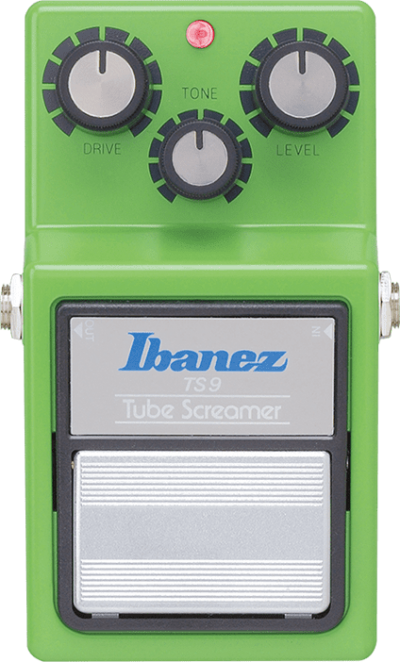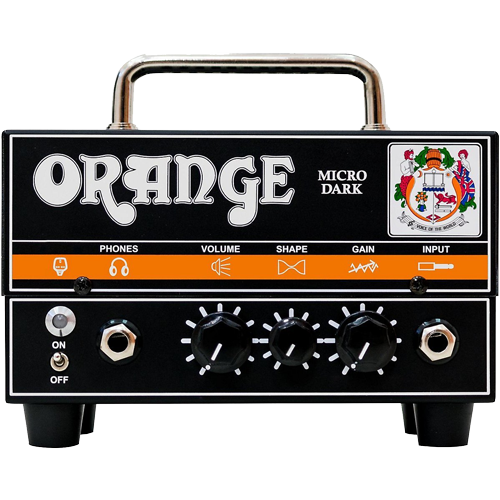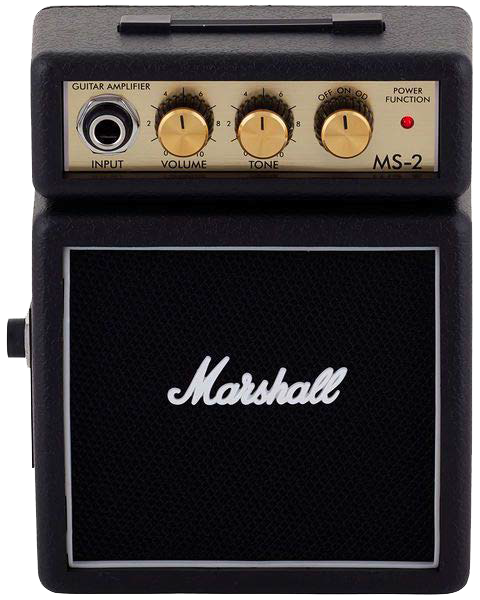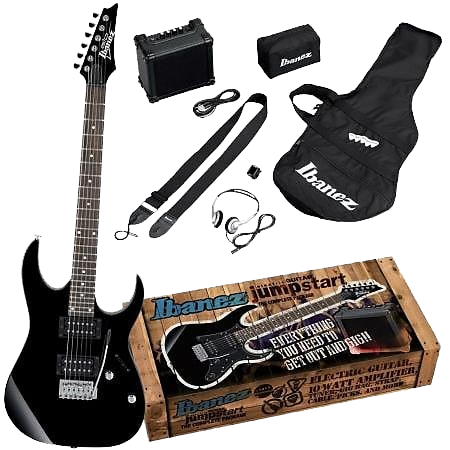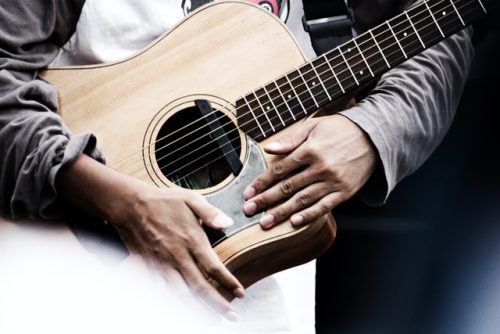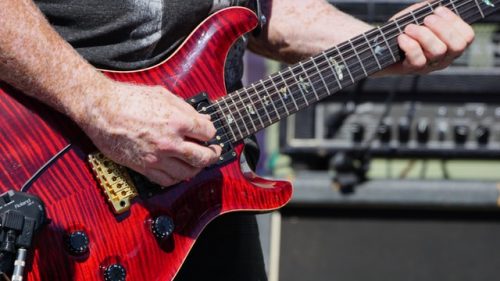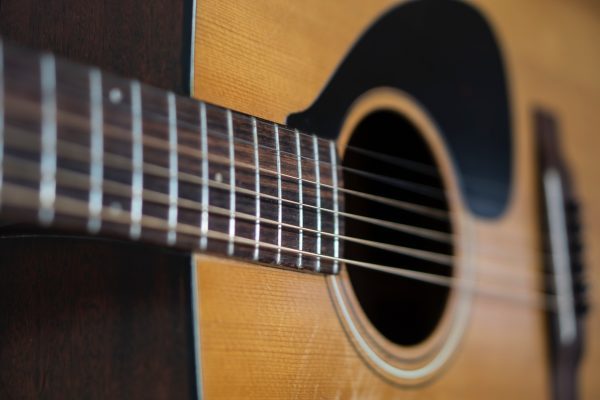
Your guitar requires proper care to preserve its sound and looks. This means you don’t just toss your guitar into your gig bag after performing and forget about it until the next session. Follow these care tips to ensure your acoustic guitar stays in tip-top shape.
Storing Your Acoustic Guitar
Keep It In A Case
When you’ve finished jamming, you need to make sure you store your guitar correctly until your next session. This means you should put it in its case, as it is much easier to control the humidity versus if you were to leave it exposed on a stand. You also want to make sure you’re not storing it in somewhere too hot or too cold, or the extreme temperatures will damage your guitar. So, you shouldn’t keep your guitar in your car overnight in winter (not that you should keep it there, anyway!).
Use A Humidification System
Wood is hygroscopic, meaning that your guitar will either release or absorb moisture from the air around it. To counteract this, you need to monitor and control the humidity. Ensure your guitar is kept at a constant humidity level of 45-50%. Humidity levels can fluctuate throughout the year, and cold Canadian winters are tough on your instrument. So, invest in a humidification system such as a hygrometer to keep in your guitar’s case. It’s an easy and important way to care for your guitar. If you neglect to do so, your guitar will likely end up cracked or warped.
Maintaining Your Acoustic Guitar
Keep Clean
Wash your hands before playing to make sure you don’t get dirt, oils, and sweat on your instrument. Doing this will keep your guitar clean of the grime that we carry on our hands. This will also help prolong the life of your strings.
Also, make sure you wipe down your guitar after every session. You don’t have to deep-clean it, but running a polishing cloth over it after practice will keep it clean. Use string cleaner to keep your strings free of built-up grime.
Change Your Strings
Learning to change your guitar strings is something every guitarist needs to do. You should change your strings at least once every six months, but every three months is the recommended minimum. If you don’t, you will likely find that your guitar loses its tuning quickly and your strings will eventually break.
Ensure you clean the fretboard every time you change strings with a fretboard conditioner (unless you have a maple fretboard). This will help prevent cracks and other damage. Only use a conditioner made for fretboards, as household cleaners and polishes will damage your fretboard.
Bring Your Guitar to a Technician
A guitar technician can help your guitar stay in shape by adjusting the action, checking for loose frets, amongst other things. Take your guitar to a technician for an annual tune-up. Your instrument will thank you for it.
Related readings:
- Beginner Mistakes to Avoid With Your First Guitar
- Electric Or Acoustic Guitar For Beginners?
- The Best YouTube Channels for Guitar Lessons



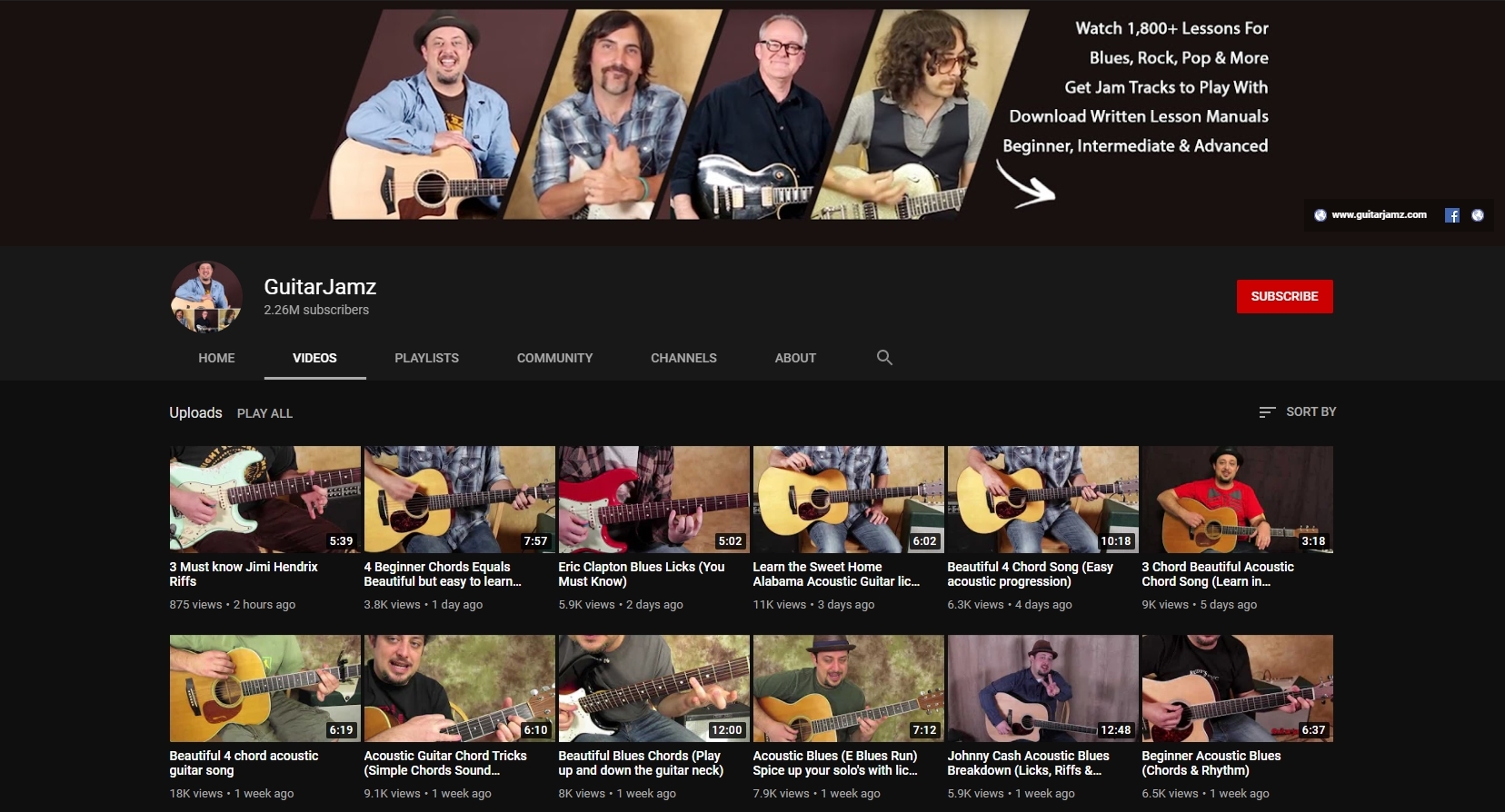
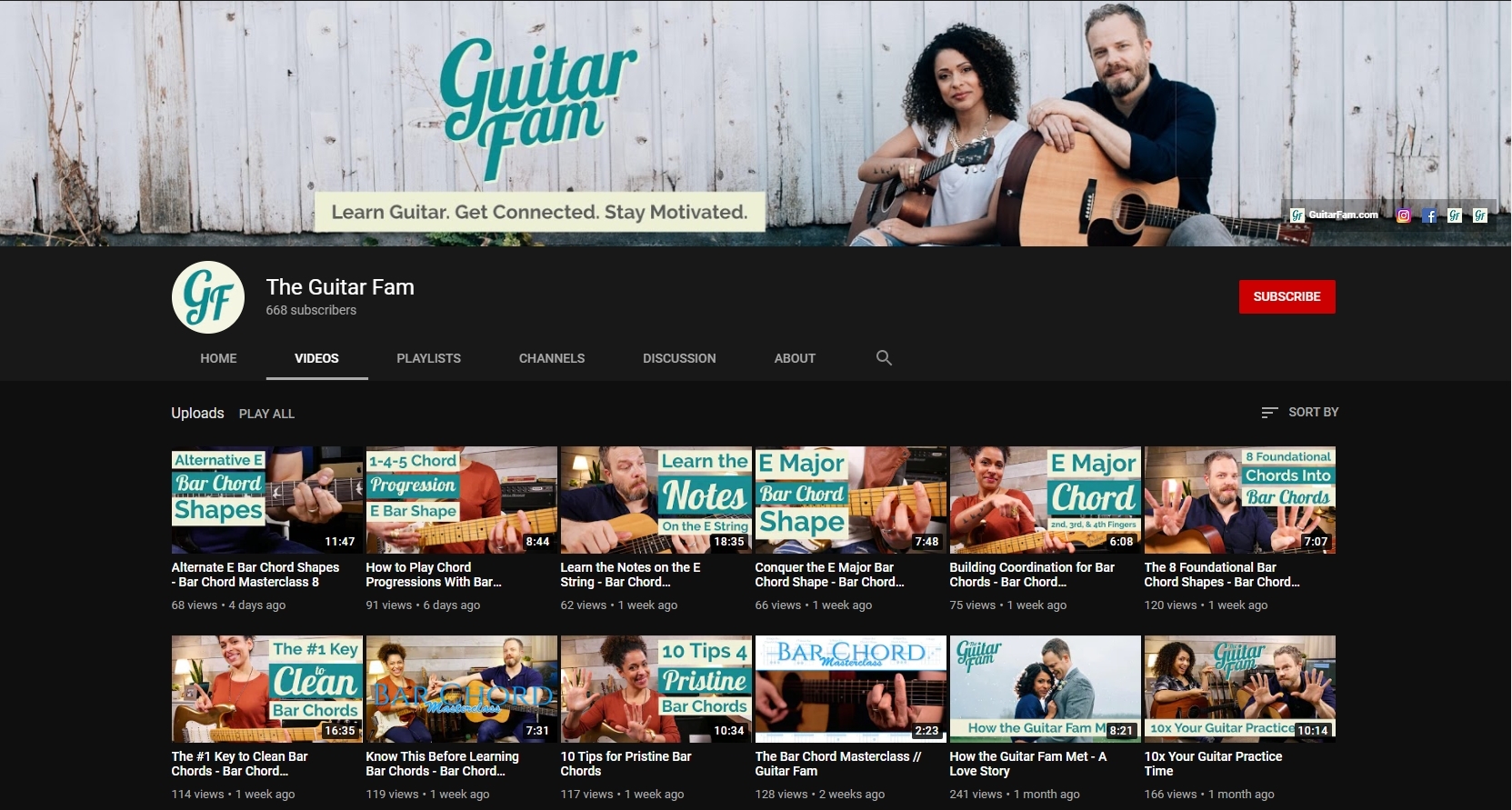
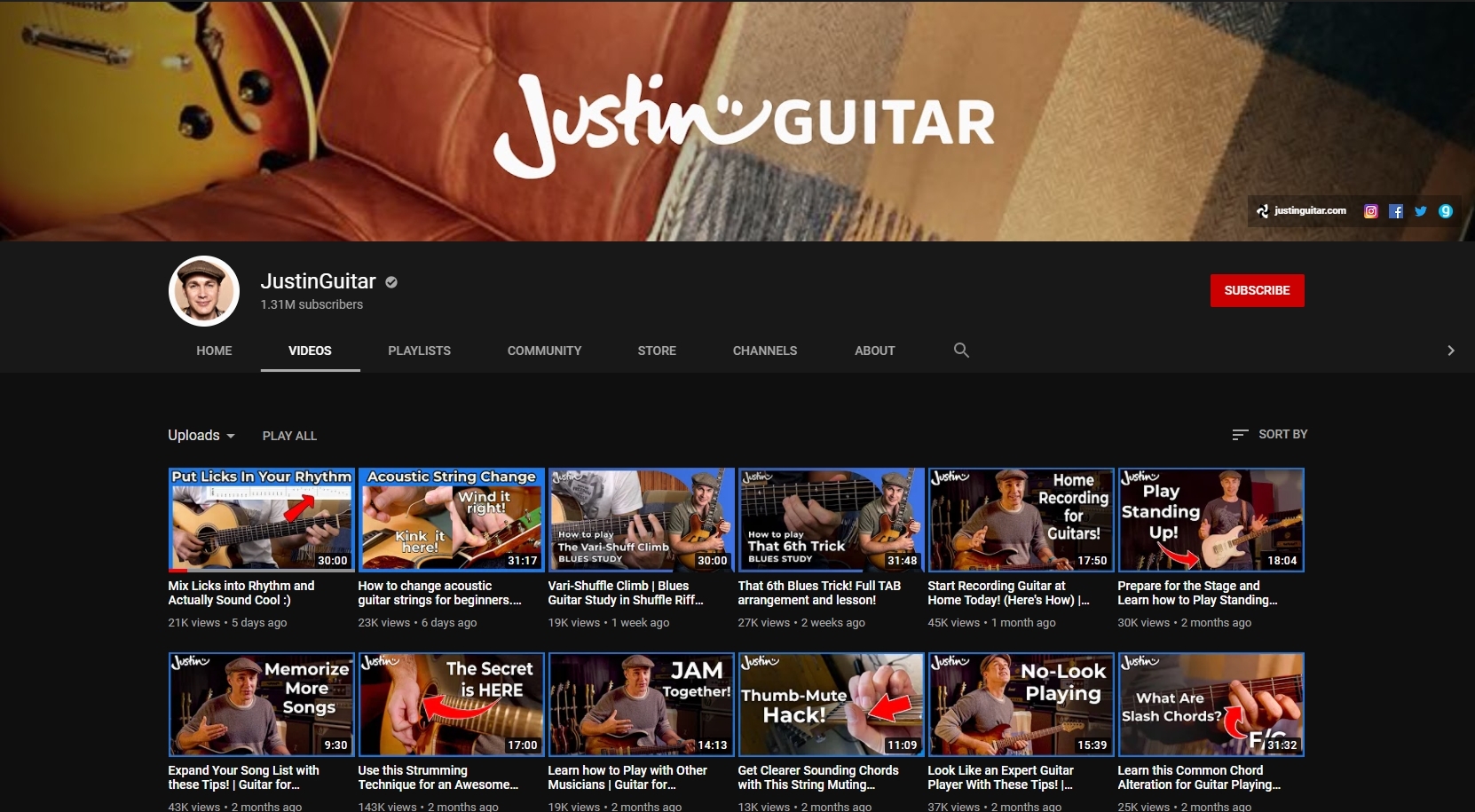
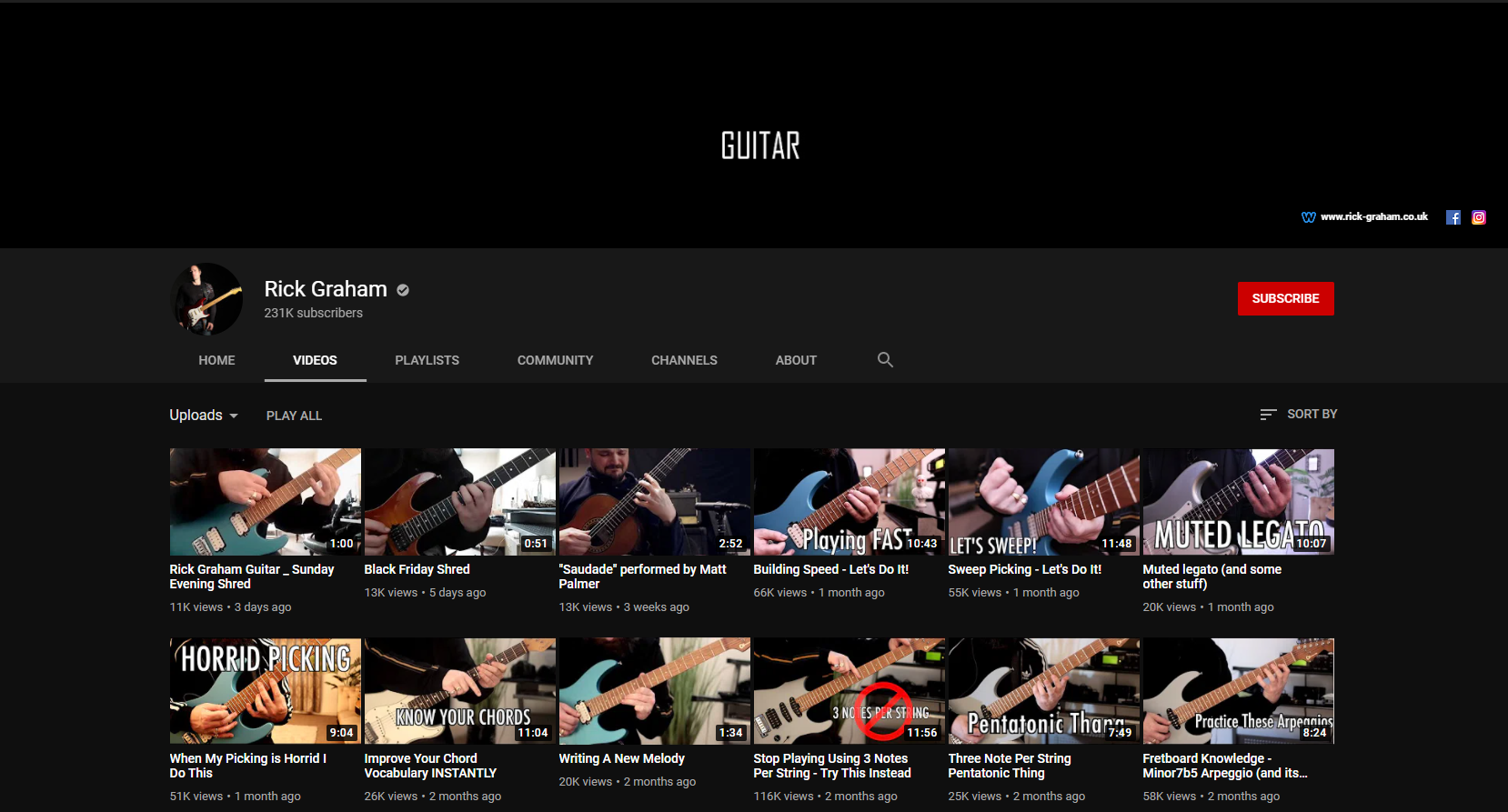 For those looking to play riffs, look no further than
For those looking to play riffs, look no further than 
